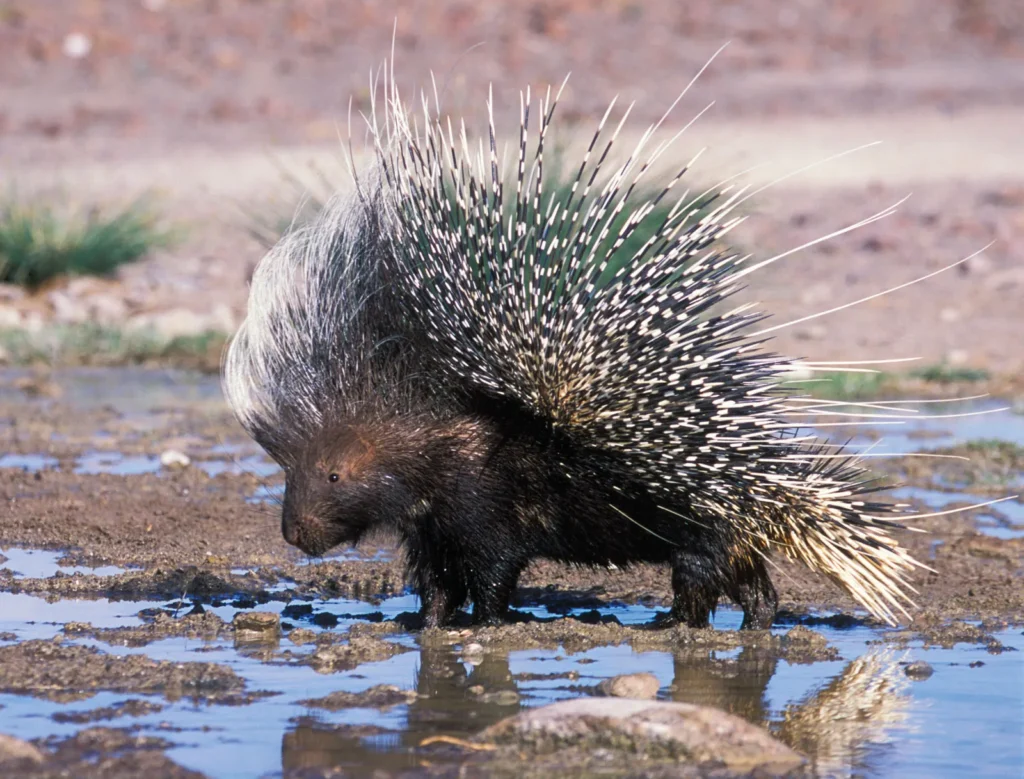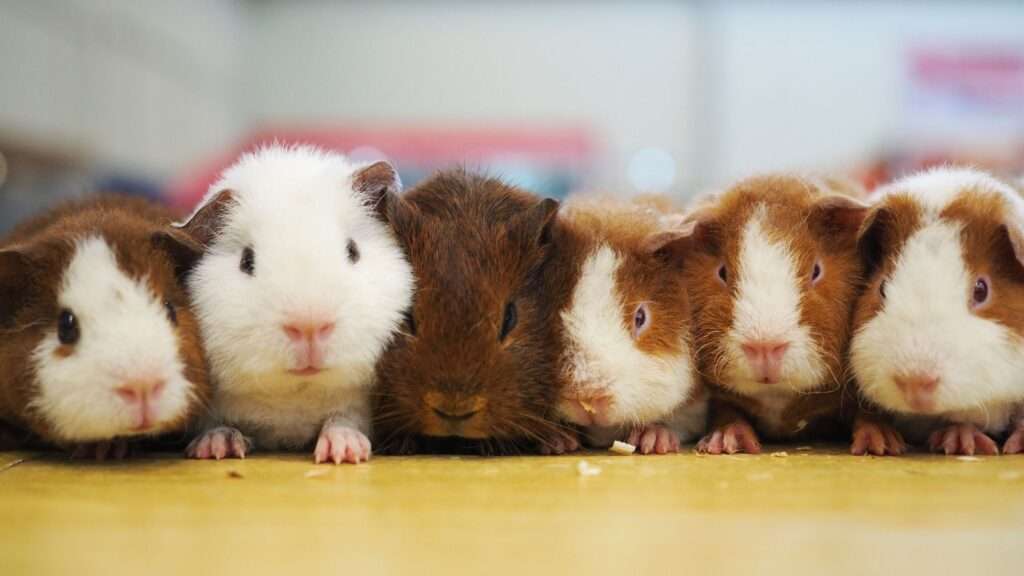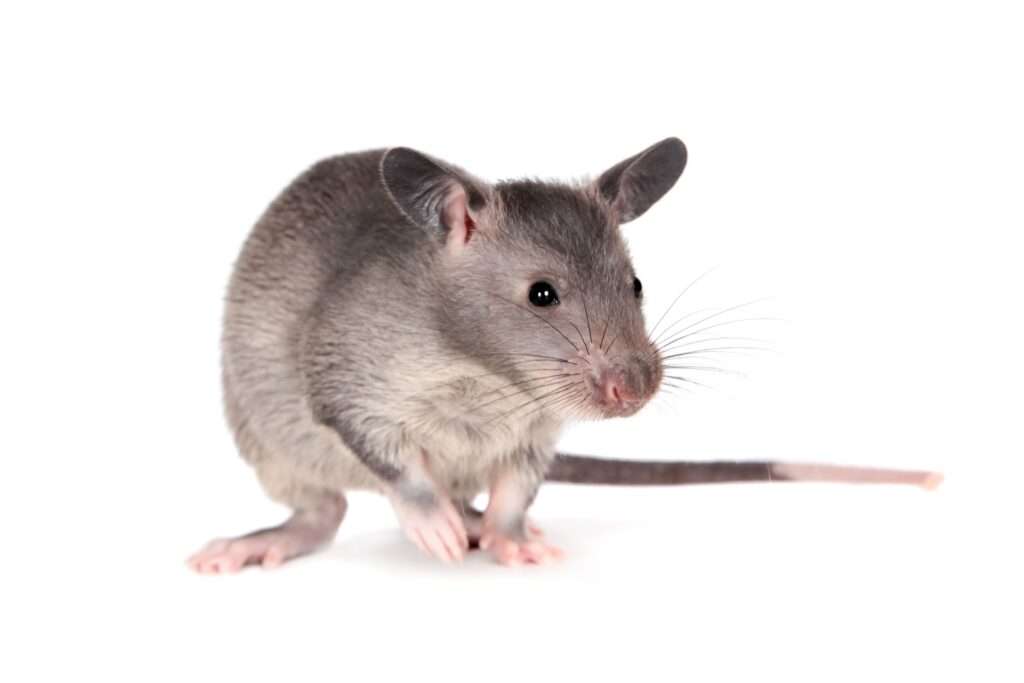
Description
Scientific Name: Erethizontidae
The porcupine is a medium-sized animal that weighs between ten and twenty-eight pounds and grows to a length of 18 to 23 inches. It is brown and black in colour and has spiky quills covering the back, flanks, and tail in the northeast. The face, belly, and interior of the porcupine’s legs are all free of quills.
Habitat
In tropical and temperate regions of Asia, Africa, Southern Europe, and North and South America, porcupines inhabit a small variety of habitats. They inhabit rocky outcrops, hillsides, woodlands, and deserts. Old World porcupines favour a rocky terrain, but some New World porcupines reside in trees. Porcupines inhabit rocky terrain that rises to a height of 3,700 m (12,100 ft). Although they are typically nocturnal, they do occasionally become active during the day.
Behavior
Porcupines are typically shy, lonely animals, so it’s rare that you’ll see one close to your home. However, in the winter, they may gather in small groups to den. They are active all year long, but are rarely observed since they prefer to spend the daytime high in a tree or in a den and are most active at night.
As Pet/ In Captivity

Housing Requirements:
Porcupines can be kept indoors or outdoors, but I advise keeping them indoors because it’s easier to regulate the temperature there. Straws or pine shavings can be utilized as the bedding and for the cage’s base. Since porcupines stink and their homes need to be cleaned frequently, straws are the best choice because they are simpler to maintain. To give porcupines the impression that they are in their natural environment, wood stalks, a lot of tree branches, and logs must be kept inside the house. If kept outdoors, they require some sun, but they also require a shaded place so they can cool off.
If the temperature does not surpass that of their normal environments, it won’t be too much of a problem. Crested porcupines must endure temperatures between 55 and 80 degrees Fahrenheit in the wild, while North American porcupines must endure temperatures between below zero and 90 degrees Fahrenheit.
Any species can be kept at a consistent temperature of 75 degrees if kept indoors. You will need well-ventilated buildings that shield them from the sun, wind, and high temperatures if you keep them outside.
Because arboreal porcupines, including prehensile-tailed and North American, rarely descend to the ground, their cages should be higher (vertical) than longer (horizontal). Cages need to be longer rather than taller for porcupines like crested that are terrestrial (do not climb trees).
The common consensus regarding the cage is that the larger the cage, the better. The minimum cage size for a single arboreal porcupine is 5 x 5 x 8 (200 cu ft), and the cage size should be increased by at least 25% for each new porcupine.
Diet
All species of porcupines are herbivores, and their main sources of food are vegetables and greens. Depending on the seasons and the type of porcupine, twigs, berries, bark, leaves, roots, stems, and other vegetation make up a large portion of their food in the wild. Fruits and vegetables should make up the bulk of a captive animal’s diet. In addition to giving them fruits and vegetables, you may also feed them rodent or monkey food.
Table





